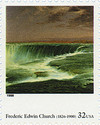
# 3236n - 1998 32c Four Centuries of American Art: Frederic Edwin Church
32¢ Frederick Edwin Church
Four Centuries of American Art
City: Santa Clara, CA
Quantity: 4,000,000
Printed By: Sennett Security Products
Printing Method: Photogravure
Perforations: 10.2
Color: Multicolored
Niagara Falls State Park
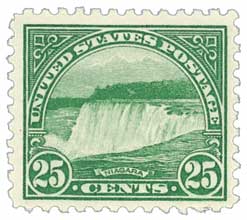
On July 15, 1885, The Niagara Reservation State Park (later renamed Niagara Falls State Park) became America’s first state park.
Native Americans of the Neutral Nation lived in the area around the falls before the arrival of Europeans in the 1600s. Robert de La Salle built Fort Conti at the mouth of the Niagara River and a Belgian priest was the first known European to see the falls.
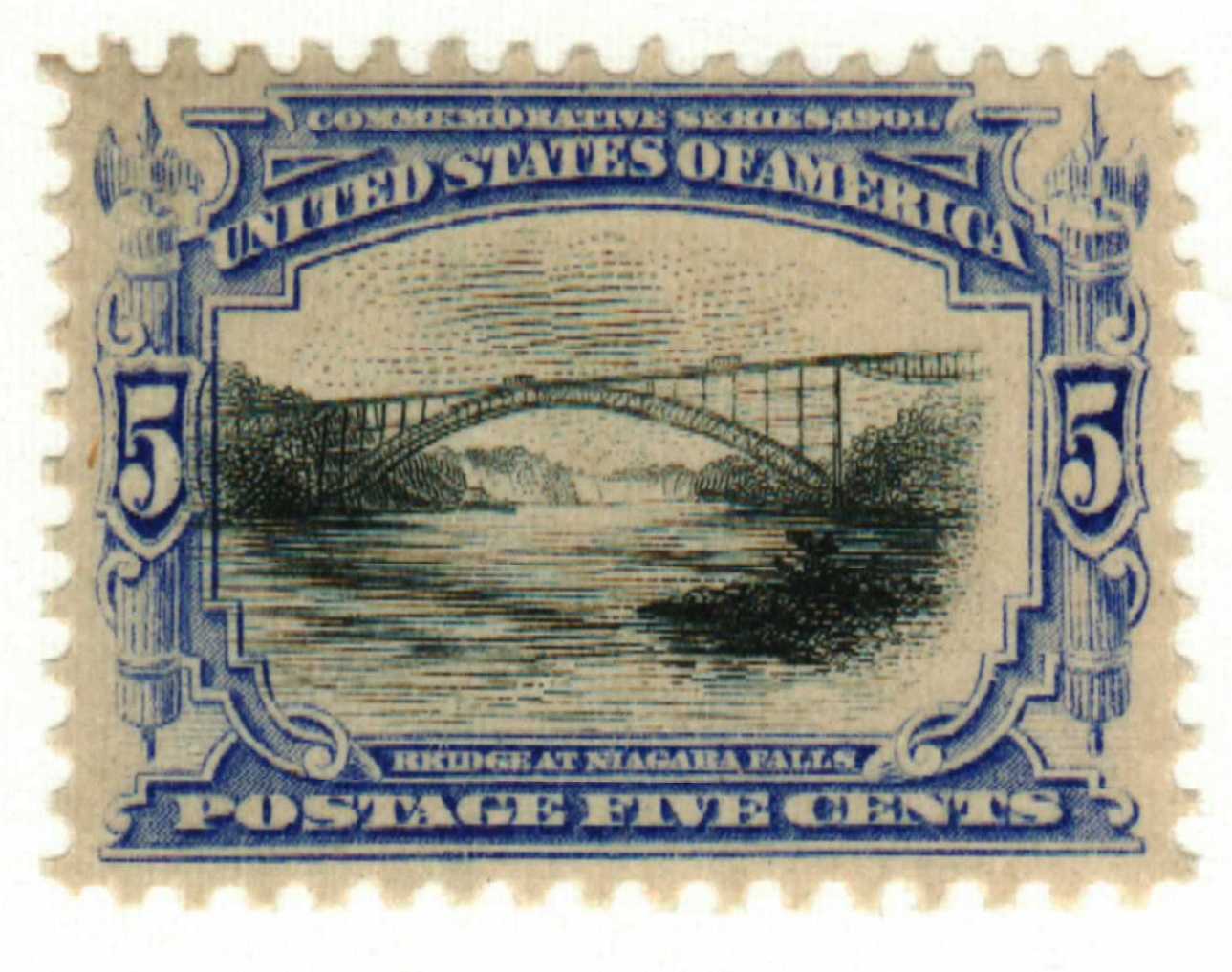
The falls quickly became a popular tourist spot and by the early 1800s, America’s “honeymoon capital.” Authors, poets, and artists would journey to the falls as well, to capture their natural beauty for all those who couldn’t make the trip themselves.
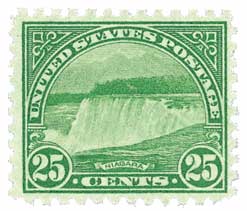
By the early 19th century, mills and factories were built along the Niagara River to harness its power. As a result, the beautiful Niagara Falls was beginning to suffer from the effects of reduced water flow. Additionally, private concessions companies found ways to capitalize on the spot, building tall fences so people had to pay to see the falls.
The situation at the falls was so dire, it was used as one of the arguments for establishing Yellowstone as the first national park in 1872. Yellowstone supporters argued that if the area wasn’t protected, it could suffer the same misuse as Niagara Falls.
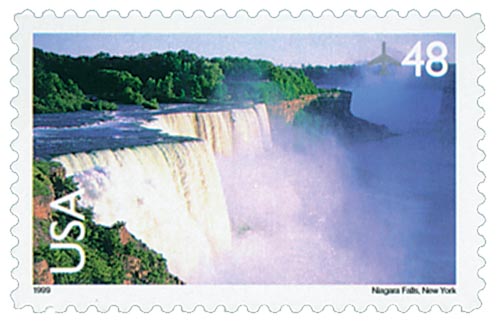
Landscape architect Frederick Law Olmsted began calling for the preservation of the falls in the 1860s. He and artist Frederic Church founded the Free Niagara movement in the 1870s to reclaim the falls and surrounding area for the enjoyment of the public. Their work gained the attention of the New York State Legislature, which tasked Olmsted and state surveyor James T. Gardner with producing a report on the condition of the falls. Their report called for more public access to the falls and recommended that the state purchase the lands for their protection. The Free Niagara movement then launched a campaign to bring the issue to national attention.
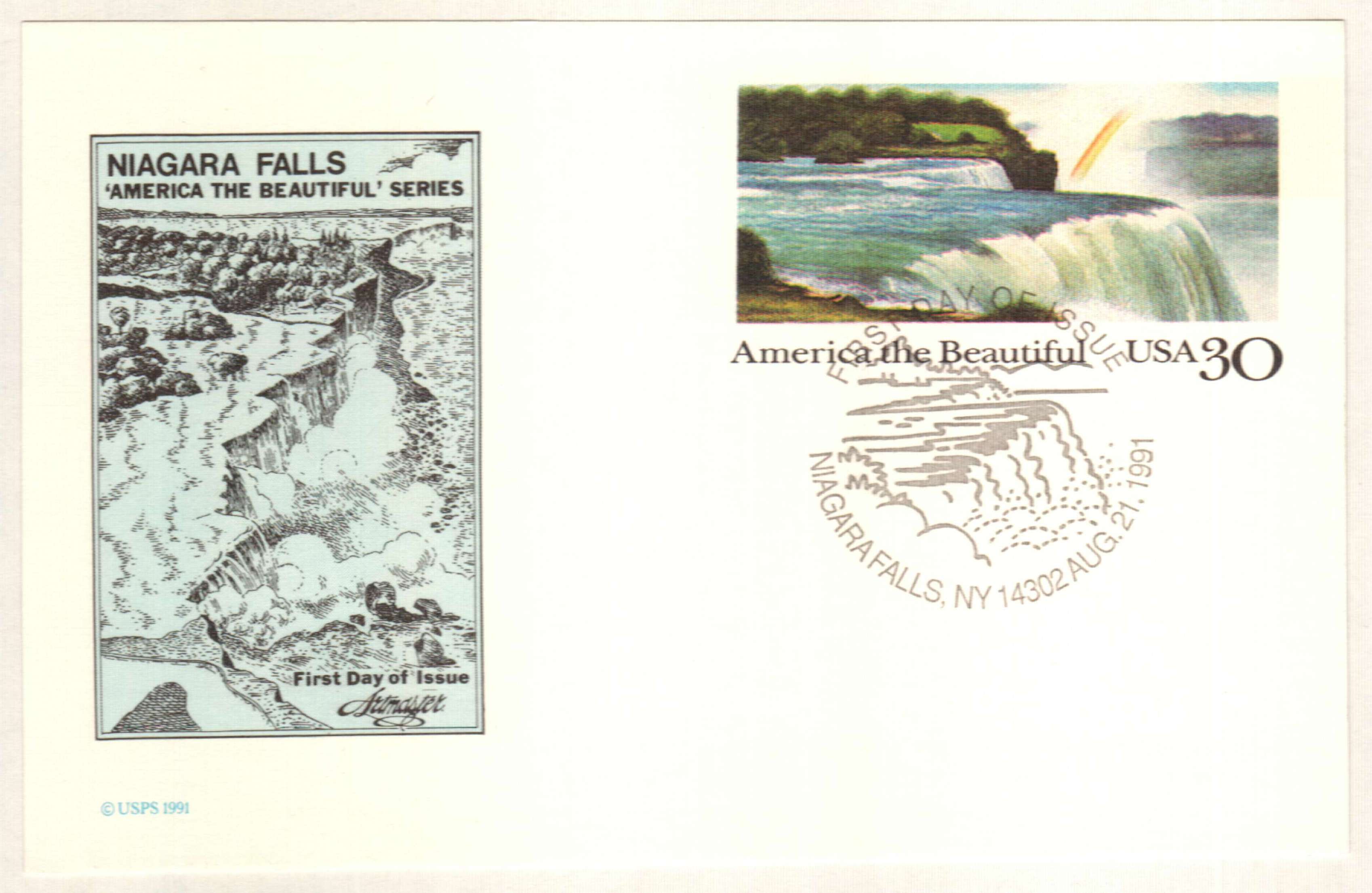
Olmsted then formed the Niagara Falls Association in 1883, which pushed further for the state to purchase the property. On April 30 of that year, then-governor Grover Cleveland signed a bill permitting the “selection, location, and appropriation of certain lands in the village of Niagara Falls for a state reservation.” Two years later, the Niagara Reservation was officially created on July 15, 1885. The park is considered the oldest continuously operating state park in the nation.
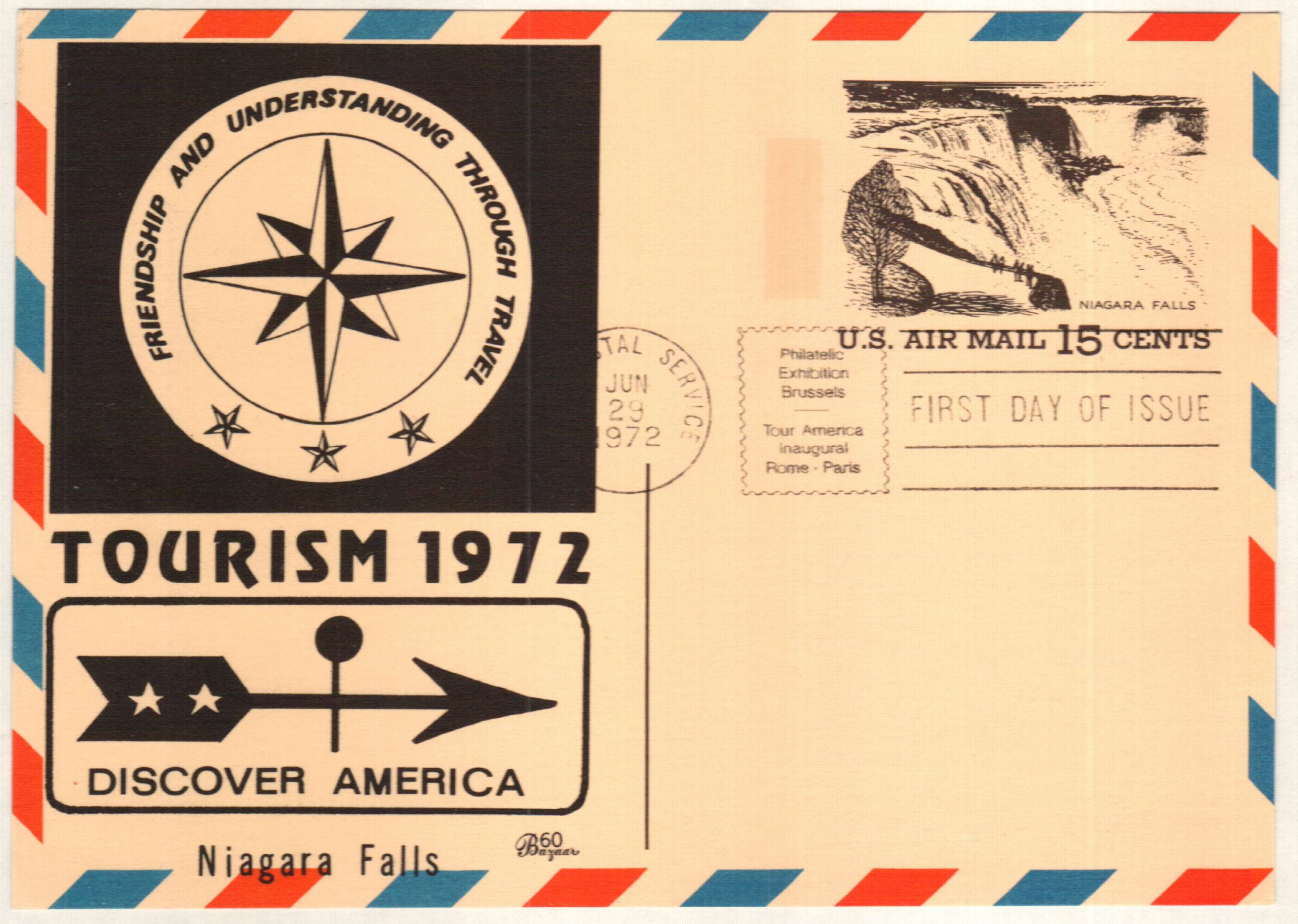
Concurrent with the efforts to save the falls on the US side, a similar campaign was launched in Canada. The Queen Victoria Niagara Falls Park was established in 1888. At one point there were plans to establish an international park, but that never gained traction.
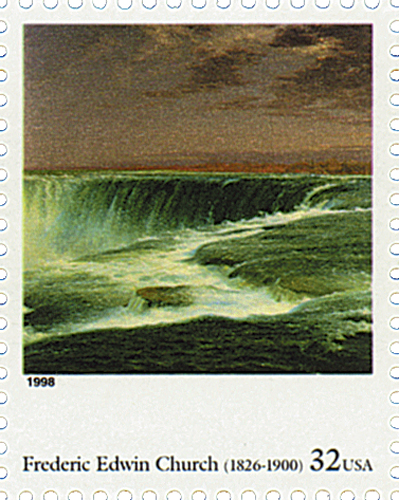
America’s Niagara Reservation was declared a National Historic Landmark in 1963. In 2007, the park was named the 10th most beautiful spot in America by The Today Show. Today the park contains 221 acres and hosts nearly 10 million visitors per year.
Click here for more about the park from its official website.
32¢ Frederick Edwin Church
Four Centuries of American Art
City: Santa Clara, CA
Quantity: 4,000,000
Printed By: Sennett Security Products
Printing Method: Photogravure
Perforations: 10.2
Color: Multicolored
Niagara Falls State Park

On July 15, 1885, The Niagara Reservation State Park (later renamed Niagara Falls State Park) became America’s first state park.
Native Americans of the Neutral Nation lived in the area around the falls before the arrival of Europeans in the 1600s. Robert de La Salle built Fort Conti at the mouth of the Niagara River and a Belgian priest was the first known European to see the falls.

The falls quickly became a popular tourist spot and by the early 1800s, America’s “honeymoon capital.” Authors, poets, and artists would journey to the falls as well, to capture their natural beauty for all those who couldn’t make the trip themselves.

By the early 19th century, mills and factories were built along the Niagara River to harness its power. As a result, the beautiful Niagara Falls was beginning to suffer from the effects of reduced water flow. Additionally, private concessions companies found ways to capitalize on the spot, building tall fences so people had to pay to see the falls.
The situation at the falls was so dire, it was used as one of the arguments for establishing Yellowstone as the first national park in 1872. Yellowstone supporters argued that if the area wasn’t protected, it could suffer the same misuse as Niagara Falls.

Landscape architect Frederick Law Olmsted began calling for the preservation of the falls in the 1860s. He and artist Frederic Church founded the Free Niagara movement in the 1870s to reclaim the falls and surrounding area for the enjoyment of the public. Their work gained the attention of the New York State Legislature, which tasked Olmsted and state surveyor James T. Gardner with producing a report on the condition of the falls. Their report called for more public access to the falls and recommended that the state purchase the lands for their protection. The Free Niagara movement then launched a campaign to bring the issue to national attention.

Olmsted then formed the Niagara Falls Association in 1883, which pushed further for the state to purchase the property. On April 30 of that year, then-governor Grover Cleveland signed a bill permitting the “selection, location, and appropriation of certain lands in the village of Niagara Falls for a state reservation.” Two years later, the Niagara Reservation was officially created on July 15, 1885. The park is considered the oldest continuously operating state park in the nation.

Concurrent with the efforts to save the falls on the US side, a similar campaign was launched in Canada. The Queen Victoria Niagara Falls Park was established in 1888. At one point there were plans to establish an international park, but that never gained traction.

America’s Niagara Reservation was declared a National Historic Landmark in 1963. In 2007, the park was named the 10th most beautiful spot in America by The Today Show. Today the park contains 221 acres and hosts nearly 10 million visitors per year.
Click here for more about the park from its official website.






